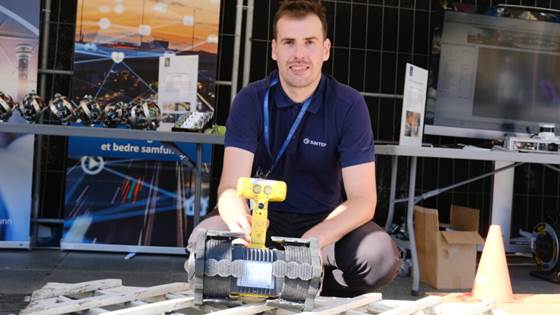
Robot to the rescue when buildings collapse
When disaster strikes, a small robot steps in to save lives. The researchers have dubbed it a “Smurf.” It uses its eyes, ears and nose to find survivors in collapsed buildings.

When disaster strikes, a small robot steps in to save lives. The researchers have dubbed it a “Smurf.” It uses its eyes, ears and nose to find survivors in collapsed buildings.
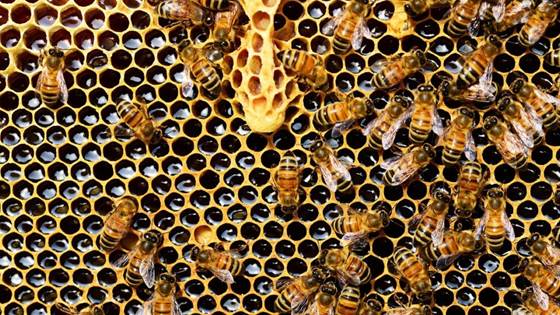
Bees do more than just pollinate plants. They are also nature’s own warning signal. Placing sensors in their hives allows researchers to see when the bees need help doing their job.

Europe’s leading experts, innovators, and decision-makers in AI and robotics will gather in Stavanger on September 23rd and 24th. A SINTEF researcher encourages more people to join this year’s ADRA Forum.

Many people feel like they’re invisible, made invisible or hypervisible in a stressful way.
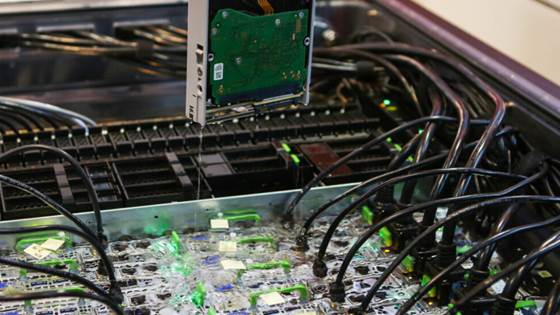
The need to cool down computers eats into the world’s energy consumption. By using liquid instead of air, we can save large amounts of energy and at the same time produce heat.
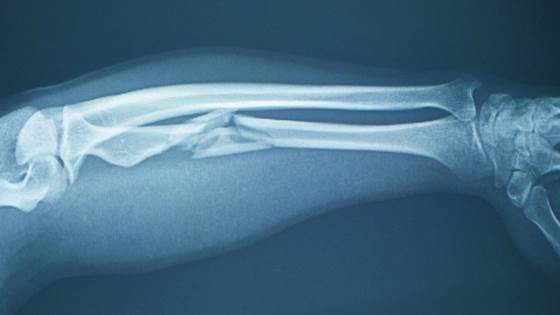
AI has become a tool that more and more people are using to create both text and images. But AI can also help a pressured healthcare system.
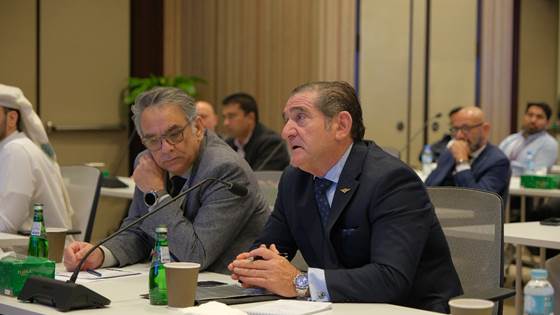
Qatar has embraced Norwegian research on artificial intelligence in aviation, and a delegation from Bodø recently participated in a workshop in Doha, facilitated by the Qatar Civil Aviation Authority.
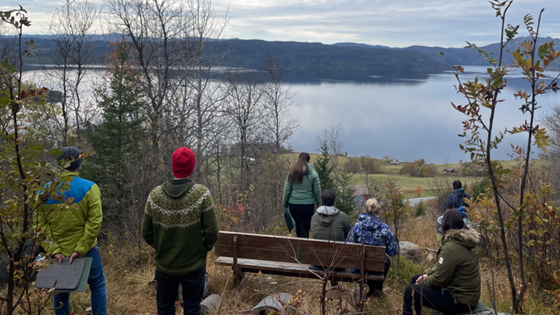
Young adults with reduced work capacity benefited greatly from the four-week interdisciplinary rehabilitation stay. The key: an individually tailored programme and a supportive community.
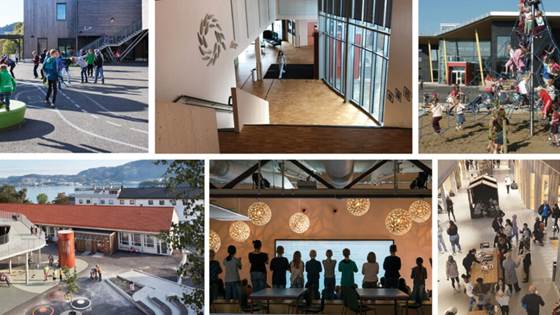
We need to think more about the interaction between architecture, pedagogy and different forms of learning when we plan new schools, researchers say.